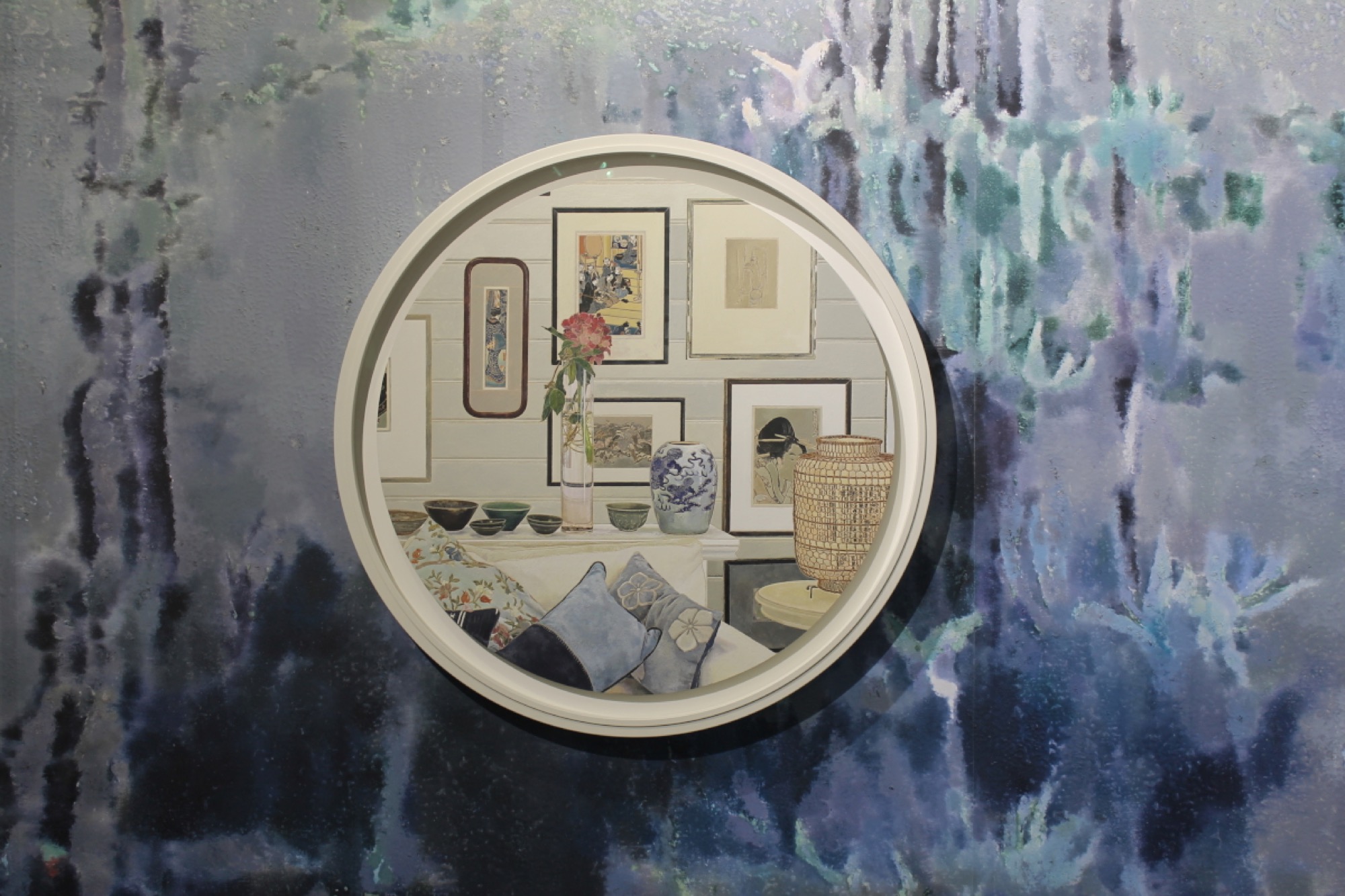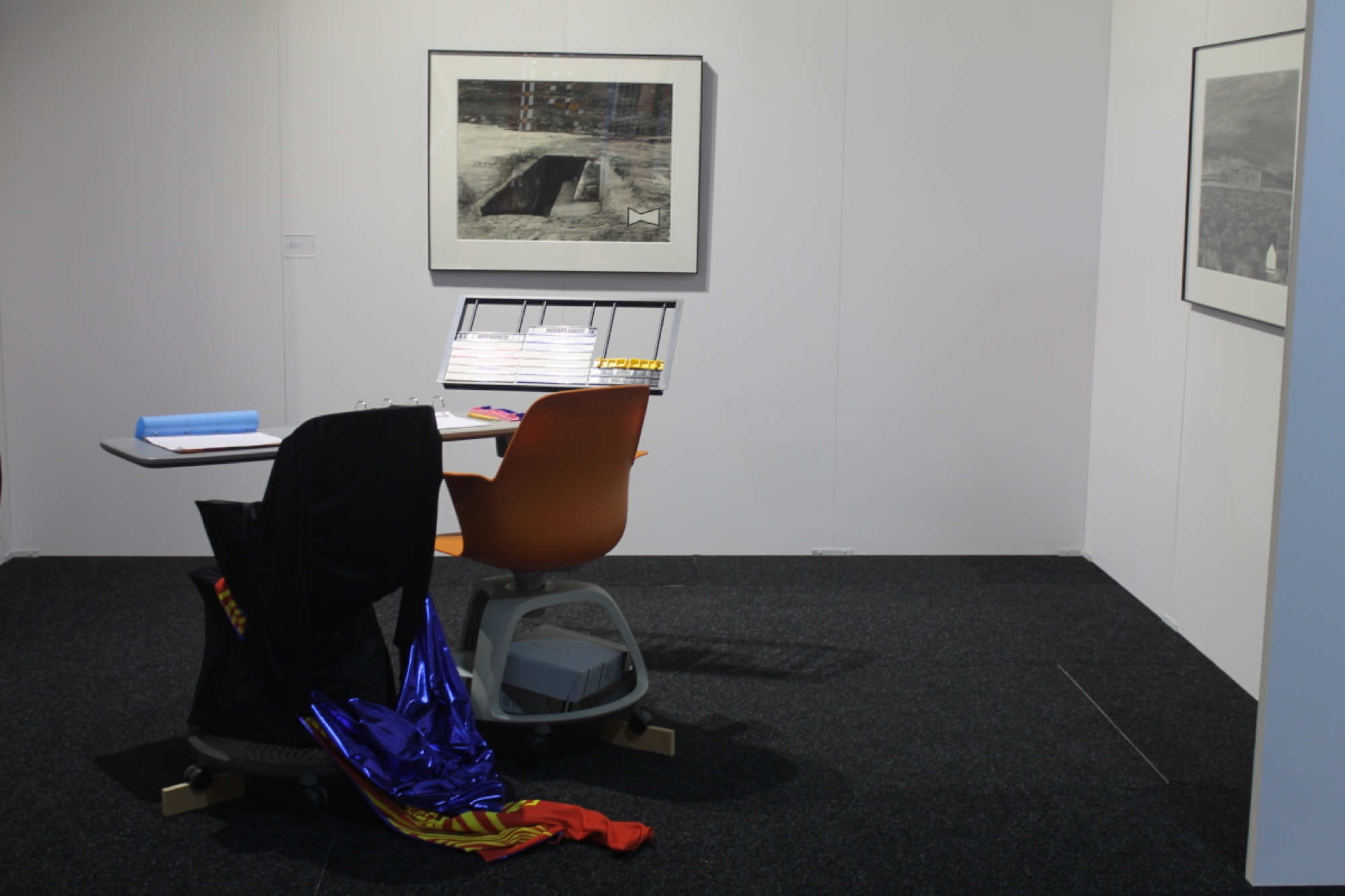Melbourne Art Fair & Spring 1883
Victoria Perin, David Wlazlo and Amelia Winata
Melbourne Art Fair & Spring 1883
This week Memo Review travels through two art fairs currently open as part of Melbourne Art Week: David Wlazlo and Amelia Winata review the reborn Melbourne Art Fair at Southbank Arts Precinct, and Vicki Perin reviews the third Spring 1883 at The Hotel Windsor on Spring Street.
Melbourne Art Fair
Southbank Arts Precinct, 111 Sturt Street, Southbank, 2–5 August
By David Wlazlo
Maybe it isn’t the best way to approach it, but Melbourne Art Fair (MAF) seems to me an enormous and amorphous group show. Around fifty different galleries have presented some of their best work, and while it is pretty much impossible to do justice to each of these in a few hundred words, I’m going to make mention of a couple of trends or directions I noticed. In fact ‘direction’ is probably the best term, for the things that stood out to me are indeed directional, geographic and even cardinal. I’m picking these ideas out for myself, so please remind yourself this is just one particular interpretation.

A number of works in MAF suggest a kind of ‘axis of relation’ that traverses south to north or north to south. Starting perhaps in the elegant round woodcut of Cressida Campbell, Interior with Chinese Lantern (2018), an explicit chinoiserie emerges that is softly hinting toward a rethinking of regional relations, political and economic but also aesthetic. It is also possible to draw similar aesthetic and even exotic connotations from Alexander McKenzie’s painting Bird Sculptures (2018), a sumptuous rendering of an island garden in an idealised perspectival paddy field. The value of 19th-century cultural appropriation seems to be put to new use in an era that is beginning to echo the sentiments expressed by Paul Keating (so long ago) that the ‘far east’ is better thought of as the near north. Keating’s policies were as economic as they were cultural, suggesting a kind of ‘play toward the money’ that potentially carries through to the MAF. Aesthetics and the exotic seem to be intimately entwined, and more connections are made toward ‘the north’ throughout the show, seeming to culminate—mainly because it is at the dead end of the corridor of the Riding Hall Galleries—in Chiharu Shiota’s work, The Crossing (2018). This web-like installation of string and old books seems to hold pages in an aerial mycelium, a frozen moment of either explosion or implosion. And yet having been raised on a diet of intertextuality aeons ago, the work—while suggesting a fungal and biological beauty—seems to me to be held back by the loaded object that is ‘the book’.



